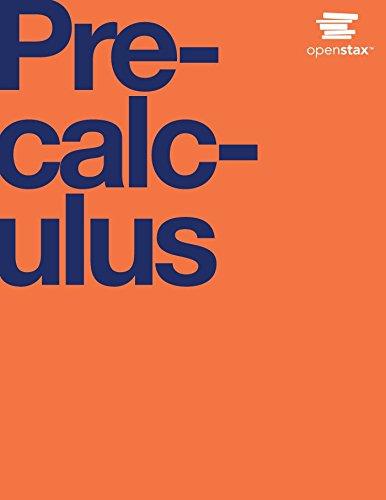Show the steps of your work (some will have very few steps, but show or explain them) or provide an explanation where needed. Answer each of the corresponding letters of questions #1 and #2.
2. Suppose you are given the following information about the economy of the ctional country of EconoLand: Category: 3; (in Billions) Consumption $300 Investment $ 100 Government Spending $50 Taxes $45 Exports $75 Imports $125 This question will mainly be focusing on the quantity theory of money. Note: For this question, round to the nearest hundreths place (i.e. only to two decimal places: 0.00) if needed. (a) (1 point) What is nominal GDP of EconoLand? (b) (1 point) What is the public saving in EconoLand? ( (c) 2 points) Suppose that this year's money supply is $25 billion and real GDP is $200 billion. What is the price level? What is the velocity of money? ((1) (2 points) Suppose the money supply being discussed so far is M 2, what is the velocity of money if M 1+ is $10 billion? Why might this matter to the Bank of Canada? (e) (2 points) Suppose that velocity is constant (i.e. the same value you calculated in part c), the money supply M2 doubles to $50 billion, and the economy's output of goods and services rises to $250 billion (i.e. increases 25%). What does this mean will happen to the economy? Explain. (Hint: What happens to price level? Then think ination and Fisher Effect.) (f) (2 points) What money supply would the Bank of Canada like to set next year if it wants to keep the price level stable? Explain why this is challenging for the Bank of Canada. 1. Suppose the simplied balance sheet shown below is for the entire banking system in EconoLand. EconoLand's Bank Balance Sheet Assets Liabilities Reserves $1,800,000 Demand deposits $4,500,000 Loans $2,500,000 Securities $1,250,000 Bank Capital $1,050,000 Total Liabilities 'Ibtal Assets $5,550,000 and Capital $5,550,000 (a) (2 points) If the desired reserve ratio is 15 percent, how much in excess reserves does the banking system have? If the banking system was to loan out those excess reserves, what is the maximum potential expansion in demand deposits? (b) (2 points) Redesign the above Tacoount to show how it would look after this amount has been loaned (indicate new loans/ new deposits). (c) (3 points) In reality, most banks hold excess reserves to allow for depositors to withdrawal money as needed. If the banks maintain an average of 3 percent extra in excess reserves (Le. 18% for required and excess), how does that change the maximum potential exapansion in demand deposits? What does the new Taccount look like (indicate new loansew deposits)? (d) (4 points) What is the leverage ratio currently (use information from your part c answer)? How would the leverage ratio change if there was a 9% drop in the value of Securities and Loans (hint: think about what happens to Bank Capital)? If EconoLand is following the Basel III requirements is there cause for concern








